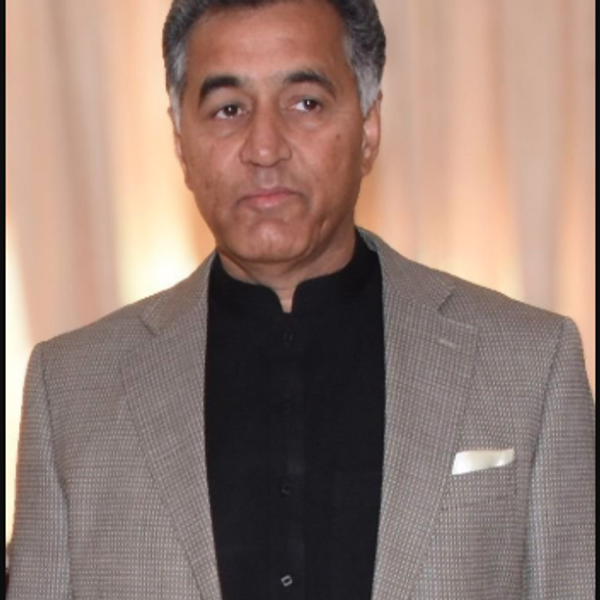‘Magnitude 7 or more earthquake is anticipated in Hindu Kush,’ warns Pakistan’s top seismologist
About one-third of Pakistan’s territory lies in a highly seismically active zone, says Najeeb Ahmed

Asma Kundi
Producer, Islamabad
Asma Kundi is a multimedia broadcast journalist with an experience of almost 15 years. Served national and international media industry as reporter, producer and news editor.

Afghan men search for their belongings amidst the rubble of a collapsed house after a deadly magnitude-6 earthquake that struck Afghanistan around midnight, in Dara Mazar, in Kunar province, Afghanistan, September 1, 2025.
Reuters
“A magnitude 7 or stronger earthquake is anticipated in the Hindu Kush region,” warned the director of the Seismic Monitoring Center Pakistan on Monday.
Najeeb Ahmed’s caution comes after a magnitude 6.0 quake struck near Jalalabad late Sunday night, rattling cities across northern Pakistan and Afghanistan.
The midnight quake - the fifth significant tremor in just one month - jolted Islamabad, Peshawar, Swat, Chitral, and Murree. While Pakistan reported no major damage or casualties, Afghanistan bore the brunt, with initial assessments putting the death toll at more than 800.
Why the Hindu Kush never sleeps
The Hindu Kush is one of the world’s most restless seismic belts, created by the collision of the Indian and Eurasian tectonic plates. Stretching across Afghanistan, northern Pakistan, Tajikistan, and southern Kyrgyzstan, its rugged terrain makes it a global hotspot for earthquake activity.
The National Seismic Monitoring Centre (NSMC) says Sunday’s quake was the strongest among at least four to five tremors measuring above magnitude 4.0 in August 2025 alone. Smaller quakes of magnitude 2 to 3 strike almost daily, though they rarely make headlines.

The science behind it
Ahmed explained that the tectonic collision continuously builds pressure, creating numerous faults across Afghanistan and Tajikistan that trigger both shallow and deep earthquakes. From September 2024 to September 2025, 40 felt earthquakes were documented in Pakistan and its surrounding areas, underscoring the ongoing risk.
The Hindu Kush, scientists say, is restless by nature. The Indian Plate pushes northward at about 39 millimeters per year, colliding with the Eurasian Plate and forcing the Earth’s crust to buckle and break. This fuels shallow quakes capable of severe destruction and deep-focus quakes reaching 300 kilometers underground.
- YouTube www.youtube.com
“The stress in this zone is immense,” experts said, citing subduction, thrust faulting, and slab break-off as processes that routinely release seismic energy. Historical data shows the region averages more than 170 earthquakes of magnitude 4 or higher annually.
Pakistan’s seismic watchdogs
To monitor the threat, Pakistan’s Meteorological Department operates 30 digital seismic stations and 14 GNSS stations, capable of detecting quakes and issuing alerts within minutes. These tools became crucial after the 2005 Kashmir earthquake, which killed over 80,000 people and exposed the vulnerability of mountainous communities.
While Monday’s quake left Pakistan largely unscathed, the PMD warned of possible aftershocks. Experts caution that the combination of fragile housing and rugged terrain means even moderate tremors can be dangerous.
For residents awakened by shaking walls and swaying chandeliers, it was a stark reminder that in northern Pakistan, earthquakes are not rare events — they are part of daily life.







Comments
See what people are discussing